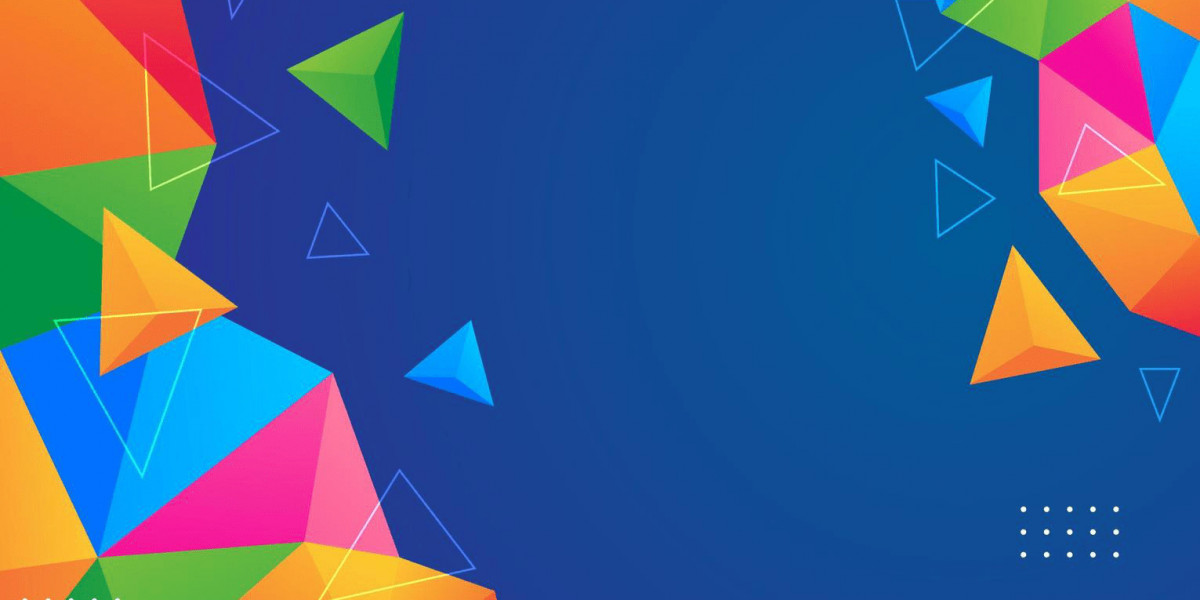Data science focuses heavily on programming, with Python and R as the languages of choice. However, no-code platforms—the visual drag-and-drop tools—are breaking barriers for other analytics professionals, such as business analysts and marketers, who can now build models and dashboards without code. According to Statista, approximately 33% of companies use low-code solutions for data modeling and visualization.
The Rise of No-Code Data Science
Market Movements
- Explosive Expansion: There has been an Explosive Expansion of no-code AI platforms alone, which had a market size of USD 3.83 billion in 2023 and is expected to reach USD 24.8 billion by 2029 (MarketsandMarkets).
- Enterprise Adoption: Gartner anticipates in 2025, approximately 70% of organizational applications that are developed will integrate some type of no-code platform which is a tremendous leap from the previous 25% in 2020 (AIMultiple).
- Citizen Development: 41% of all organizations already have some active citizen development initiatives, with another 20% evaluating such programs for implementation (AIMultiple).
Key Drivers Behind the Trend
- Shortage of Skilled Developers: Due to the lack of proficient developers, many firms are now accepting the growing demand for software developers by migrating to no-code platforms, which allow non-programmers to build or manage their applications without assistance.
- Faster Time to Insights: As you may have considered, the no-code tools utilize visual workflows which aid in reducing development time significantly. This means that businesses can easily pivot from brainstorming to implementation, sometimes speeding up milestones and meeting deadlines.
- Cost Savings: Reducing the need for specialized technical personnel enables organizations to lower project costs, thus making data science and AI more affordable.
Embracing data science without code
There is a growing requirement for data science experts capable of integrating complex problem-solving skills with business understanding. It is becoming increasingly evident that decision-making in the organization requires much more than data analysis; strategic interpretation of the data is a prerequisite. Companies are now focusing on critical thinking, problem solving, and communication as much as they do on technical skills, creating a paradigm shift in data science.
The majority of data science positions are specialized and focus on the diagnostic and analytical aspects of data science, marketing, and operational finance. There is an influx of opportunities for people knowledgeable in those fields. Let us explore some career options for people with no coding knowledge.
Alternative pathways to a data science career
Data Analysis:
Data analysts focus on understanding and communicating data in a way that helps businesses make intelligent decisions. They learn to work with simple programs like Excel, Tableau, or Power BI, which do not require a lot of programming. These programs facilitate report generation, data visualization, and data manipulation. To thrive in this role, take basic online courses focused on data analysis, statistics, and data visualization.
Business Intelligence (BI):
BI specialists utilize data to make strategic business decisions, usually with a focus on reporting and dashboard development. People should know how to use tools like Tableau, Power BI, KNIME, Qlik, and others. Such tools allow users to generate visualizations and reports from data with little to no programming involved. Having basic knowledge of important business metrics and their relevant data for a business's operations is important.
Data literacy programs:
Data literacy programs seek to teach the basic skills needed to work with data and important information. Most learning institutions conduct internal training workshops on data interpretation, statistics, and making decisions based on data analysis. Some online platforms (e.g., Online Manipal, Coursera, edX, LinkedIn Learning) offer custom-tailored best data science courses on data literacy for non-specialists.
Online courses and certifications:
For those without coding experience, many educational platforms offer courses specifically designed for them. Consider courses in data analysis, business analytics, or data visualization that emphasize practical application (e.g., Excel, Tableau). Data Science Certifications from recognized platforms (like USDSI®, Microsoft, Google Data Analytics, or Tableau) can enhance credibility and job prospects. If you have wondered, "Can I learn data science without coding knowledge?", these certifications might provide the right answer.
Internships & Entry-Level Positions:
Finding internships or part-time jobs in data-related services will enable you to build concrete experience. Search for positions as a data analyst, market research analyst, or BI analyst that highlight higher order thinking skills and data interpretation rather than programming. Participate in professional social networks or forums to connect with contemporaries and learn about potential and opportunities.
Despite these career options, you also have to learn some tools if you want to move ahead in a data science career without coding. So now, focus your attention on mastering these tools.
Popular No‑Code Data Science Tools
| Tools | Key Features | Ideal For |
| RapidMiner | Data prep, visual workflows, extension APIs | Hybrid code + no‑code |
| DataRobot | Automated modeling, explainability | Rapid prototyping |
| Akkio | Real‑time predictive analytics, integrations | Business analysts |
| BigML | Decision trees, anomaly detection | Educational use, small biz |
| Google AutoML | Vision, NLP, tabular data | Google Cloud ecosystems |
Each of these platforms supports non‑programmers in building end‑to‑end workflows, though they vary in scalability, cost, and ecosystem integrations.
Conclusion
You absolutely can launch a data science career without writing traditional code, thanks to the fast‑growing no‑code data science ecosystem. With market projections soaring—CAGR 30–38% for no‑code AI platforms and low‑code/no‑code technologies set to dominate 65–70% of application development by 2025—these tools are here to stay (UserGuiding). However, awareness of limitations—black‑box risks, scalability constraints, and vendor lock‑in—is essential. By combining no‑cod









